I have been invited to jury, critique, and be on panels for a number of photographic and fine art exhibitions throughout my career. I enjoy giving constructive feedback to artists, learning from other experts in different arenas, and getting to know how artists and photographers think about their work. This helps me become more aware of my own creative process, while improving the world by helping others appreciate and improve their craft.
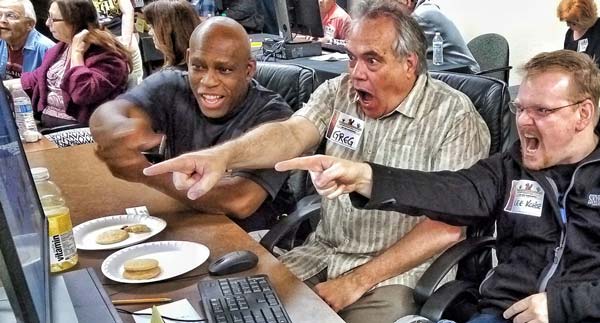
These events always bring questions to which I strive to find better answers:
- What makes a good image?
- How can my image be improved?
- Why does this piece get hung or win an award, and not that?
Part of my reply to these questions is that we must master our craft through all phases from concept to execution. “Mastery” is a complex and evolving ideal, takes time and effort, and is always elusive, no matter how much we master any skill. I devised the following model to help creatives think about the phases of moving a moment we experience into one we can share with others, with the most impact. My hope is this might help aspiring photographers evolve simple snapshots toward becoming good photograph or a piece of fine art.
I believe the components of creating a successful photo are these four things:
- Target
The subject, time, and place that inspires us to want to remember or share with others. The experience we felt, and wanted to preserve or pass on to others. - Tools
The camera, lens, tripod, props, lighting and other equipment involved in the capture, and the darkroom, hardware and software for processing. - Processing
What we do with the image—our story, perspective, and technique imposed upon the file or film—embellishing and expanding upon our experience of the moment. - Presentation
Print substrates, color, image quality, display conditions, and how we print, mount, and frame an image to let others experience our idea most fully.
We can think of these as phases to pay attention to—and to master—throughout our involvement in feeling inspired and making something to inspire others.
What differentiates a snapshot from a good photograph or an award winning piece of art?
It all has to do with how we become involved as participants in creating story and atmosphere.
Photography, at its most basic, is little more than a visual recording of a time and place. We have an inspiration we want to revisit or share with others. Sometimes we just want to capture beauty so others can experience it. Sometimes we want to show off.
With no thought, we get a snapshot. The recording, with nothing unique, little consideration of composition or where the eye should go. We add our individual voice into it through processing and printing. What turns a recording into something worthy of framing and hanging on the wall?
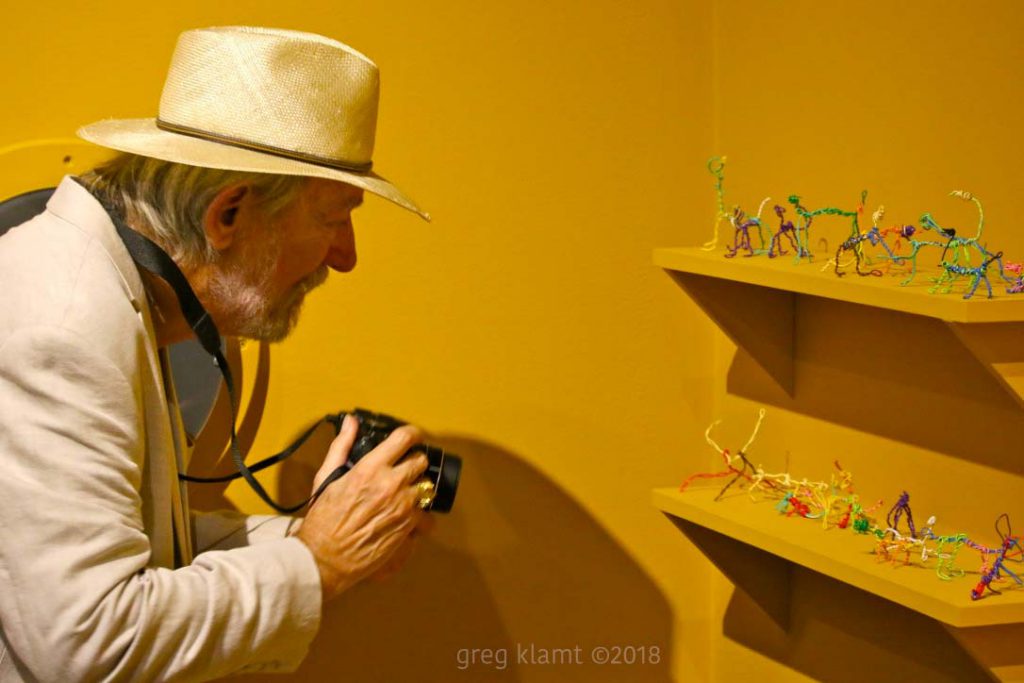
The presumed goal of photography is to take a picture and show it to someone, or remember it for later. An idea forms, we capture what we can, add our viewpoint, and print or post it so someone else can see it.
Whether we want our image to be art, to touch others, to make the world beautiful, to tell a story, or to preserve a feeling, we should consider these four phases in our process.
- Target
- Tools
- Processing
- Presentation
Something inspires us and becomes the TARGET and the environment around it which might influence the scene. We pick up our TOOLS to record it, the camera, the right lens for the situation, the tripod, lights, etc. We take our recording of the moment, then PROCESS it to add our creative touches and perspectives, fix mistakes, crop to a story that has more clarity or meaning or impact, cleaning, enhancing, even modifications. Then we prep for display. Just a print, or on a matte, or with a frame?
-

Mother and Child -
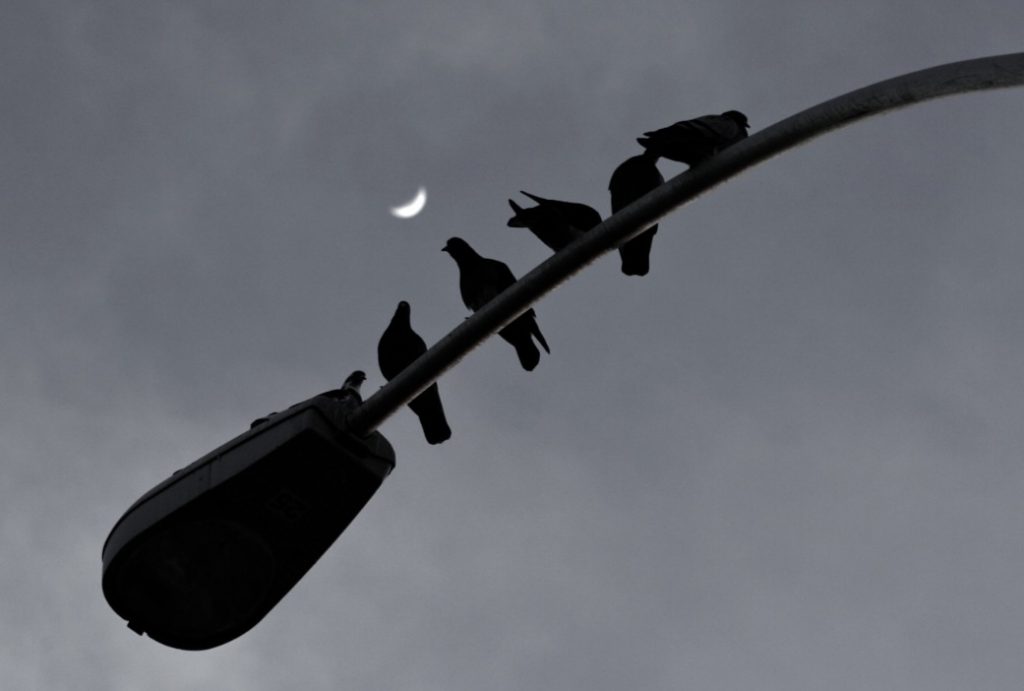
Birds on a Lamp -
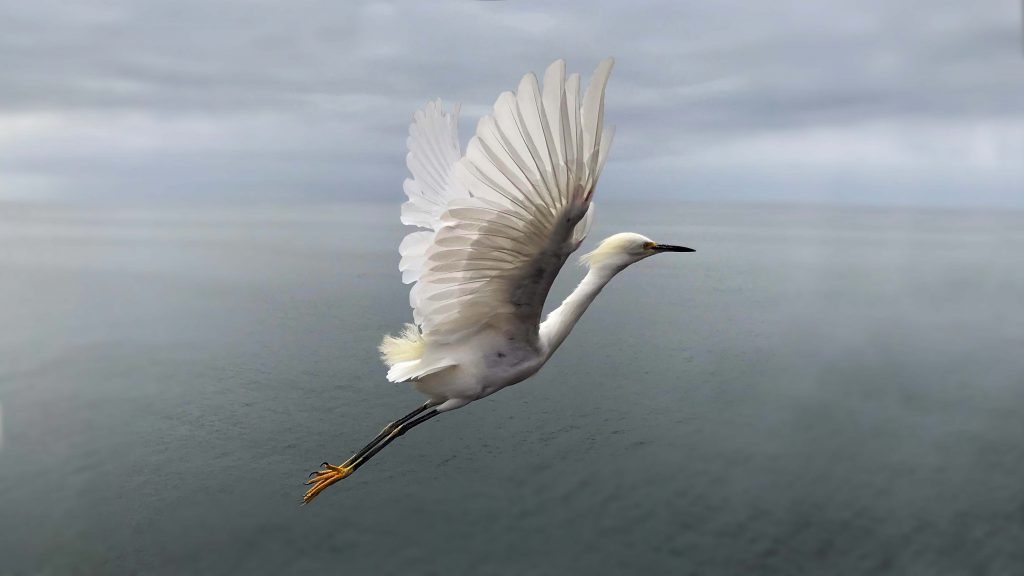
-

-
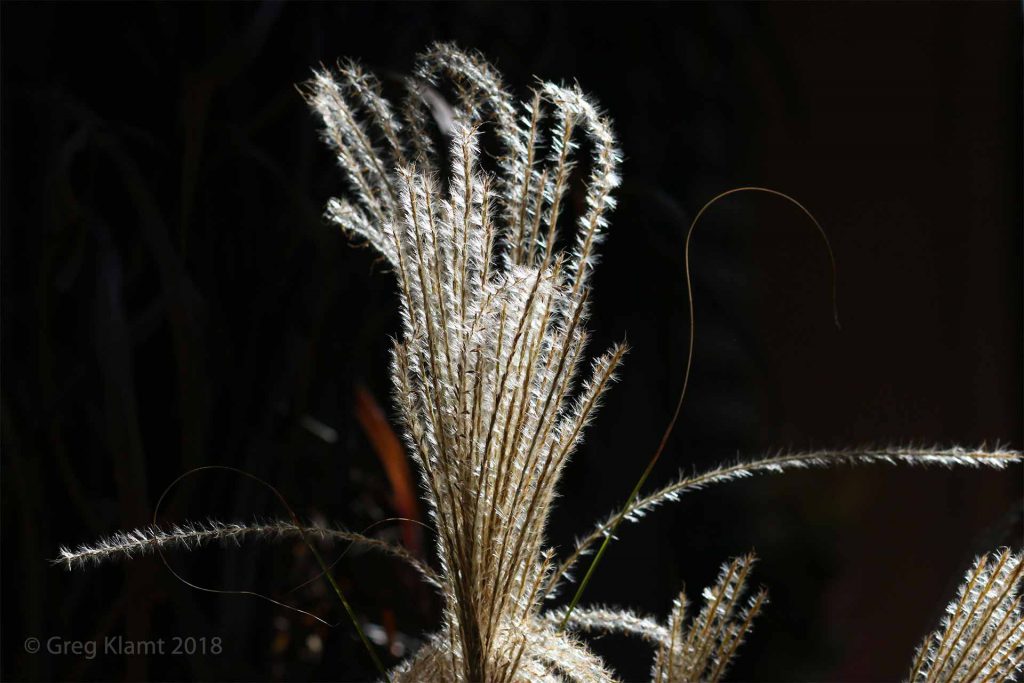
Filigree -

-

Star flowers -
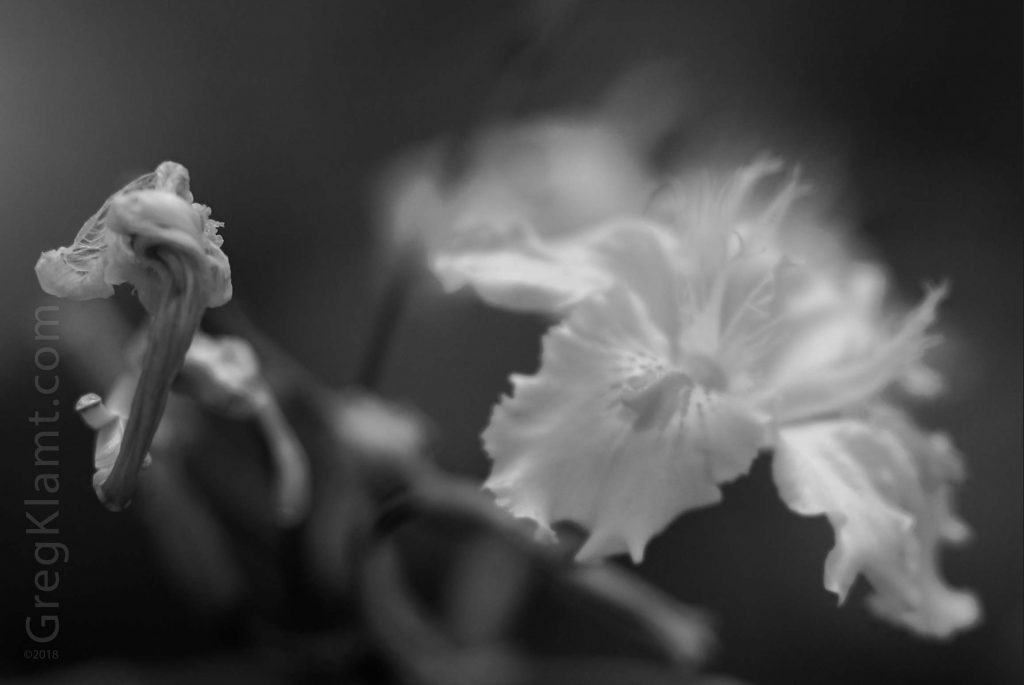
Elegance Fades -
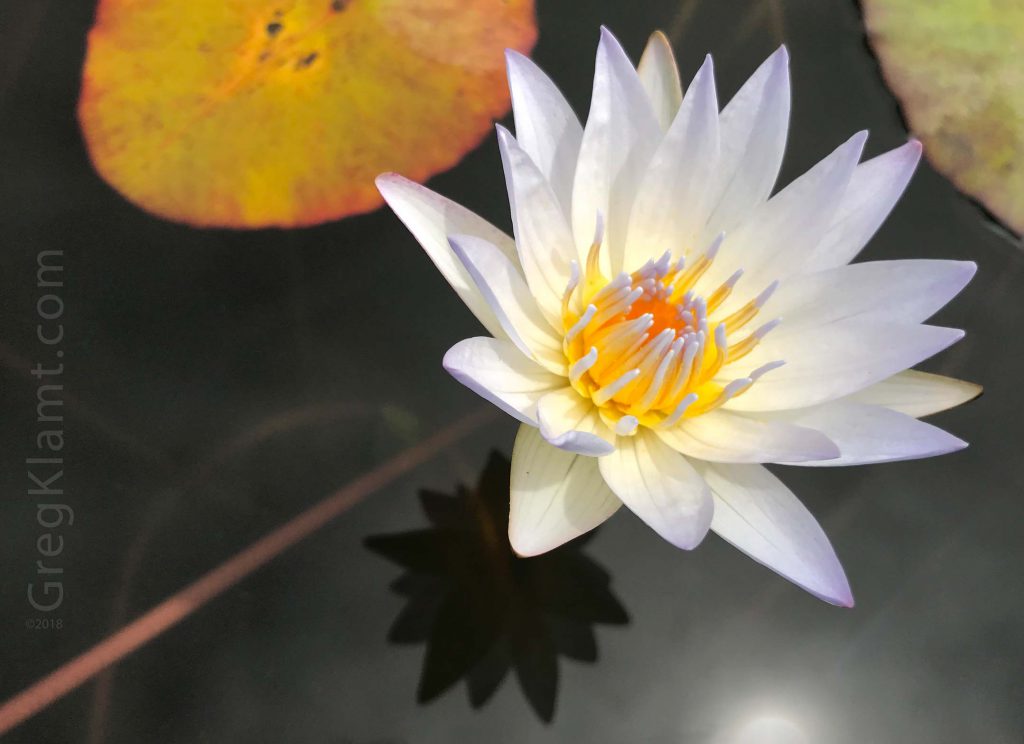
Lilly Shime -
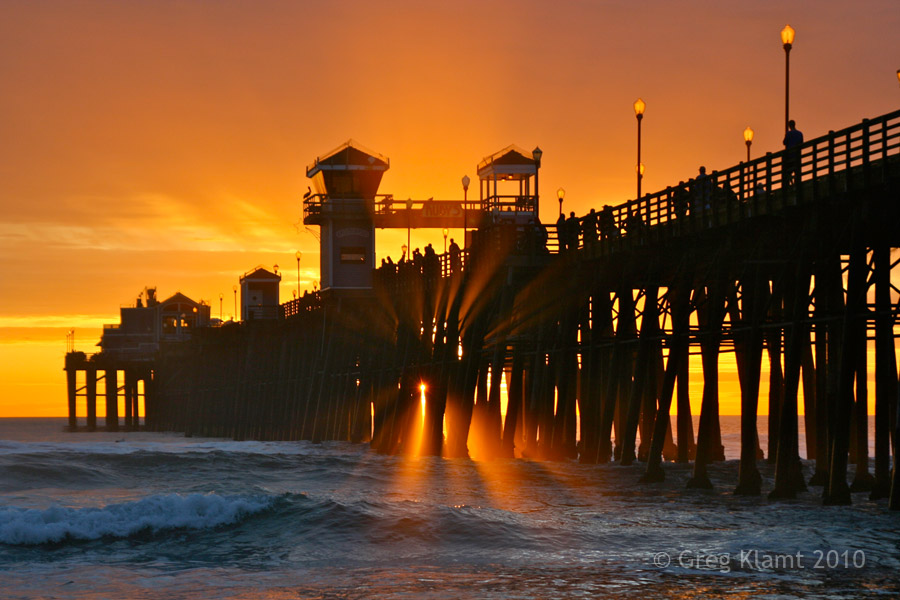
Oceanside Pier
Jury List:
International Exhibition of Photography, SD County Fair. 2007-2018
San Dieguito Art Guild
Darkroomers 2x
Poly Photo 1x
